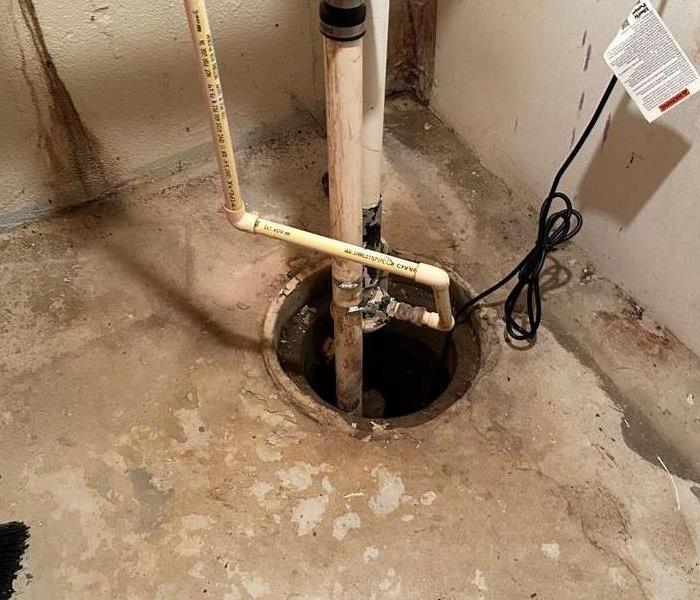How to Test Your Sump Pump and Why You Need a Sewer Sump Pump Rider
9/1/2023 (Permalink)
A sump pump is a vital component of your home's drainage system, especially if you live in an area prone to heavy rain or flooding. Its primary purpose is to prevent water from accumulating in your basement or crawl space, which can lead to costly water damage and mold growth. To ensure your sump pump is in good working condition and your home is protected, regular testing is essential. In this blog post, we'll guide you through the steps of testing your sump pump and explain why having a sewer sump pump rider on your homeowner's insurance policy is crucial in case of failure.
Testing Your Sump Pump
- Locate Your Sump Pump: Before you can test your sump pump, you need to know where it's located. Most sump pumps are found in the basement, typically in a sump pit.
- Ensure Power Supply: Make sure the sump pump is plugged in and receiving power. It's recommended to have a backup power source, such as a battery or generator, in case of a power outage during heavy storms.
- Inspect the Discharge Pipe: Ensure the discharge pipe is connected correctly and directs water away from your home's foundation.
- Check the Float Switch: The float switch is what triggers the sump pump to turn on when the water level rises. Pour a bucket of water into the sump pit and watch to see if the float switch activates the pump. The pump should start automatically when the water level rises.
- Listen for Unusual Noises: When the sump pump is running, listen for any unusual noises, such as grinding or clunking sounds, which may indicate a problem.
- Test the Check Valve: The check valve prevents water from flowing back into the sump pit once it's pumped out. Make sure it's functioning correctly by observing the water flow.
- Regular Maintenance: Schedule routine maintenance for your sump pump. This includes cleaning debris from the pit, checking for rust or corrosion, and ensuring all parts are in good working order.
Why You Need a Sewer Sump Pump Rider
A sump pump can be a lifesaver when it comes to preventing water damage in your home, but what happens if it fails? Here's where a sewer sump pump rider on your homeowner's insurance policy comes into play:
- Coverage for Sump Pump Failure: Standard homeowner's insurance policies may not cover damage caused by sump pump failure. A sewer sump pump rider provides additional coverage specifically for this scenario, ensuring that you're financially protected.
- Peace of Mind: Knowing that you have coverage in case of a sump pump failure can provide peace of mind. You won't have to worry about the high costs of water damage restoration and repairs out of your own pocket.
- Immediate Action: If your sump pump does fail, it's crucial to act quickly to minimize damage. Having coverage means you can call professionals like SERVPRO to clean up and restore your home promptly.
Conclusion
Testing your sump pump regularly is a simple yet vital task to ensure it functions properly when you need it most. Additionally, having a sewer sump pump rider as part of your homeowner's insurance policy is a smart investment to protect your home and finances in case of a sump pump failure. Remember, it's better to be prepared and proactive than to deal with the consequences of water damage without proper coverage.



 24/7 Emergency Service
24/7 Emergency Service
